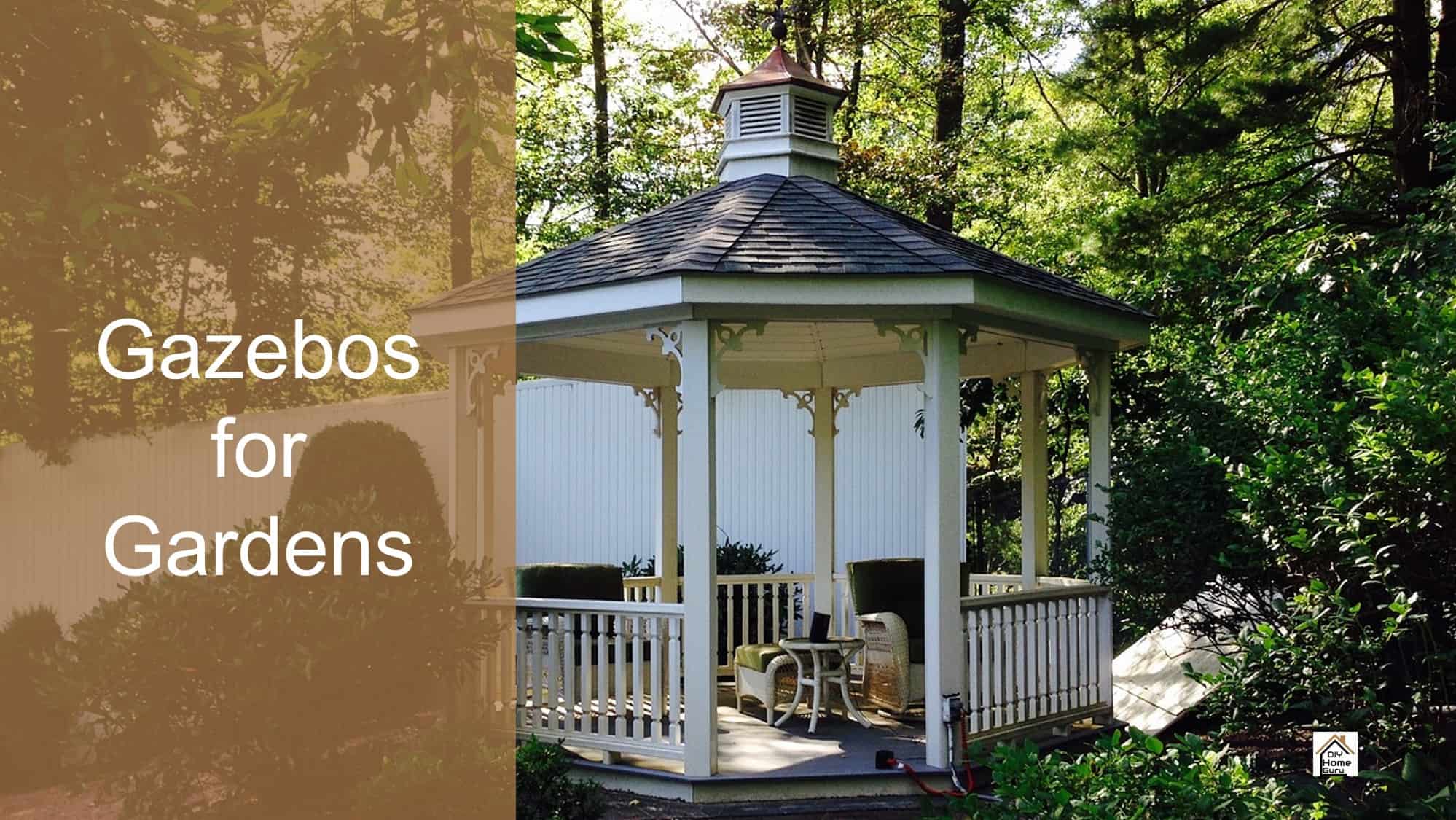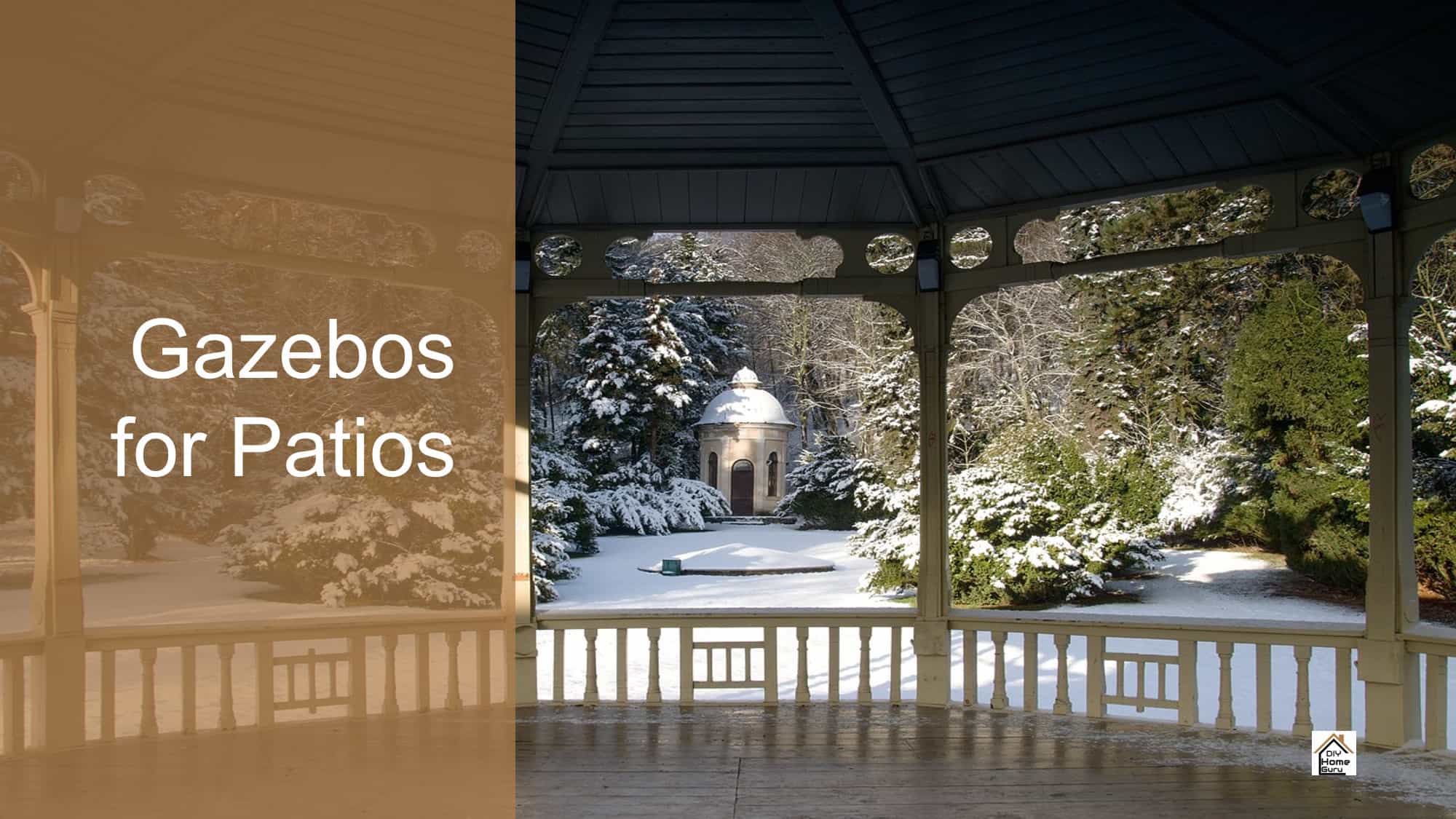A gazebo is a lovely addition to any garden, offering a space to relax, entertain, and take in the beauty of the outdoors.
However, over time, weather and regular wear and tear can take a toll on its appearance. Painting your gazebo can not only give it a fresh look but also protect it from the elements.
Here’s a step-by-step guide on how to paint your gazebo to perfection.
1. Prepare the Area
Clear the surroundings: Remove any furniture, plants, or other items from around the gazebo to ensure they don’t get paint on them.
Lay down a drop cloth: This will protect the ground from paint drips and spills.
2. Clean the Gazebo
Dirt, mold, and mildew can prevent paint from adhering correctly.
Wash the wood: Use a mixture of mild detergent and water to clean the surface. For stubborn spots, a scrub brush will come in handy.
Consider a pressure washer: If your gazebo has extensive mildew or old peeling paint, a pressure washer can simplify the cleaning process. Make sure you use it at a gentle setting to avoid damaging the wood.
3. Sand the Surface
Sanding ensures the paint adheres properly and gives a smoother finish.
Use medium-grit sandpaper: Sand any rough spots or areas where old paint is peeling.
Dust off: Once sanded, make sure to dust off the gazebo to remove any residual wood particles.
4. Prime the Wood
Primer ensures even paint coverage and increases durability.
Choose the right primer: An oil-based or acrylic primer designed for outdoor use is recommended.
Apply evenly: Use a brush or roller to apply the primer. Let it dry as per the manufacturer’s instructions.
5. Paint the Gazebo
Choose the right paint: Ensure you select an exterior paint suitable for wood and outdoor use. Consider a paint that’s resistant to UV rays, mold, and mildew.
Start with the edges: Use a brush to paint the corners, edges, and detailed areas first. This process is called ‘cutting in’.
Use a roller for larger areas: Rollers can cover larger surfaces more quickly and evenly than a brush.
Apply multiple coats: Two or more thin coats often yield a more even and long-lasting finish than one thick coat. Make sure to let the paint dry thoroughly between coats.
6. Add Protective Coating (Optional)
If you want added protection, consider applying a clear, weather-resistant sealant after the paint has dried. This can extend the life of your paint job and provide additional defense against the elements.
7. Clean Up
Properly clean and store your brushes, rollers, and other tools. Dispose of any leftover paint in accordance with local regulations.
In Conclusion
Painting your gazebo is not just about aesthetics. It’s also about protection and preservation. With the right tools, paint, and a bit of patience, you can rejuvenate your outdoor sanctuary and enjoy it for many more years to come.
Whether you choose a classic white or a vibrant hue, a fresh coat of paint can work wonders for your gazebo’s appeal.




